Formula 1 will enter an entirely new era in 2026, with the biggest shake up of the rules since 2014 when hybrids were introduced.
With both chassis design and power units undergoing major overhauls, the cars will be smaller, lighter and generate up to half their power electrically. And while speculation is rife about which team will interpret the rules to their best advantage.
Could one team from the now 11 on the grid for 2026 establish a gap to the competition that might take years to close – as we saw with Mercedes-AMG, which won eight straight Constructors’ Championships starting in 2014?
Well, there is one team already taking up most of the spotlight: Aston Martin!
Since Aston Martin returned to Formula 1 in 2021, it’s been poised to challenge the very best, but its performance to date has been patchy: there have been nine podium finishes, but no wins. So why is everyone fascinated by how it might perform next year?
To answer that you need to understand the strategy of the team’s owner and executive chairman of Aston Martin Lawrence Stroll. He’s not a man who believes in quick fixes but rather in recruiting the right people into the right positions and then giving them the equipment to do the job.
And that takes time, especially when the ‘equipment’ includes a completely new factory complex on the Silverstone campus and an all-new wind tunnel – one of the most advanced in the world which only came on stream in the spring of 2025.
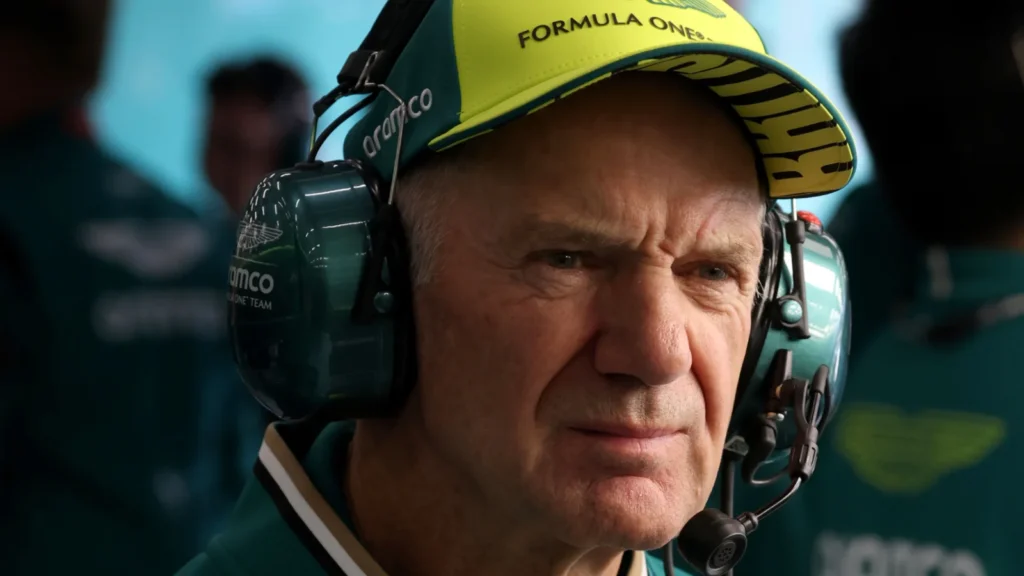
Stroll has placed a double world champion, Fernando Alonso, as his lead driver, with Stroll’s son, Lance, as his wingman, and Andy Cowell, the man who led the development of the engine that powered Mercedes to all those victories, as the team’s CEO.
But it’s another new recruit that has people believing Aston Martin will finally achieve victory in the most competitive motor sport on earth: Adrian Newey, the team’s new technical director.
Some argue he’s the most successful single individual in the history of Formula 1. The statistics are extraordinary! The cars whose design Newey has led, have won 12 Constructors’ Championships and 14 Drivers’ titles. No fewer than 31 of his designs have won a total of 223 Grands Prix!
What that all means is if Adrian Newey were a team, he’d be the second most successful in F1 history, beaten only by Ferrari which has contested in every FIA Formula 1 World Championship since its inauguration in 1950. And given that the first Newey-designed car didn’t appear on a grid until 1988, that’s quite an achievement…
Aston Martin has the facilities, the drivers and the designer. It has also secured an exclusive deal with Honda for 2026, whose engines have powered Max Verstappen to the last four FIA Formula 1 World Championship Drivers’ in succession.
So, what does this all mean? Merely that Stroll has put in place all the components required to be successful in Formula 1. But you could give me the finest ingredients in the world, and even I’d still struggle to serve you up a meal worthy of a Michelin Star. And we’ve seen in very recent history what happens in F1 when all the elements in a top team are no longer pulling in the same direction.
There’s a history lesson to be learned here too, for a little appreciated fact is that this is not the first time Aston has competed in Formula 1. It competed in 1959, but the reason so few know about it is because its efforts were perceived to be a disaster.
The team entered two cars in just four Grands Prix, with just four retirements and two sixth place finishes to show for all its efforts. And yet, when I spoke to motoring journalist and race car driver Andrew Frankel, who has driven one of the DBR4s that raced in 1959, he had nothing but praise for the car.
“Few will ever appreciate what a good car it was,” he told me. “People forget that at the British Grand Prix that year, it qualified in second place. It was a delight to drive, very well balanced and with no nasty surprises up its sleeve.”
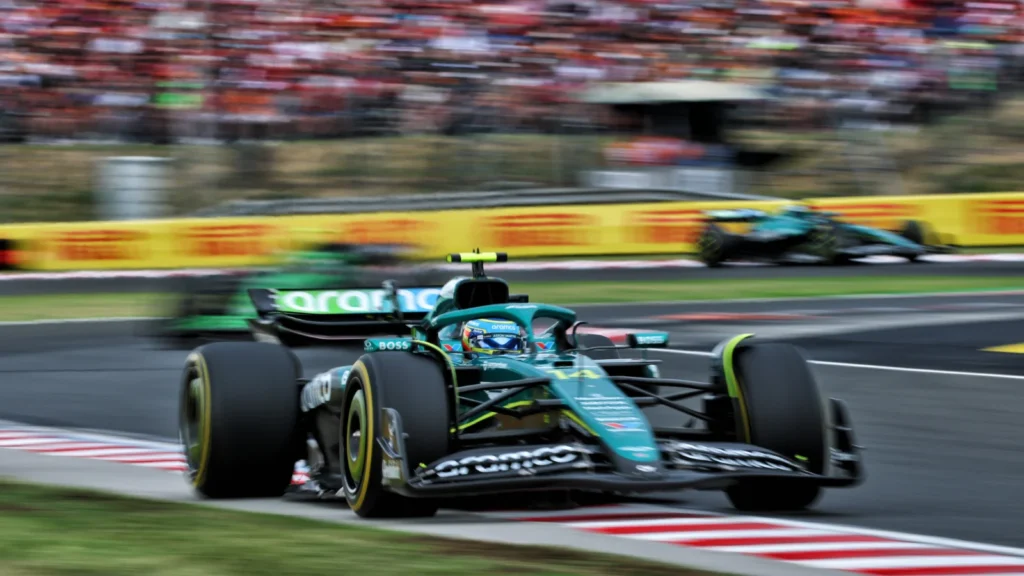
So, what went wrong?
“The car first ran in 1957. Had it raced then, or even in 1958, I have no doubt the story would have had a very different ending,” Frankel tells me. “But by 1959 the mid-engined revolution had happened and every championship since then has been won by a car with its engine behind its driver, not in front like Aston’s engine. It was exactly the right car at precisely the wrong time.”
Today, however, the timing feels right. Newey has been on board for the full season, though if you’re wondering why the team’s results don’t appear to reflect that just yet it’s because he’s channelled all his efforts into designing a car not just for 2026 but for however long the new regulations are in place; because testing and development is now so limited, the car has to be right from the start or you risk needing years to catch up again.
Still, I’d caution those who expect to see Aston Martin winning races from the very start of next season. First, the top teams are not just going to step aside. Secondly, with a new car, engine, factory, wind tunnel and chief designer, it will inevitably take time to maximise the potential of each of its assets and to gel together as a team.
Which is why I think the realistic view is to hope for many more podiums in 2026, wins in 2027 and a proper chance of fighting for the title in 2028. It may seem like too long to wait, but for a team that’s been waiting since 1959, it really is no time at all.

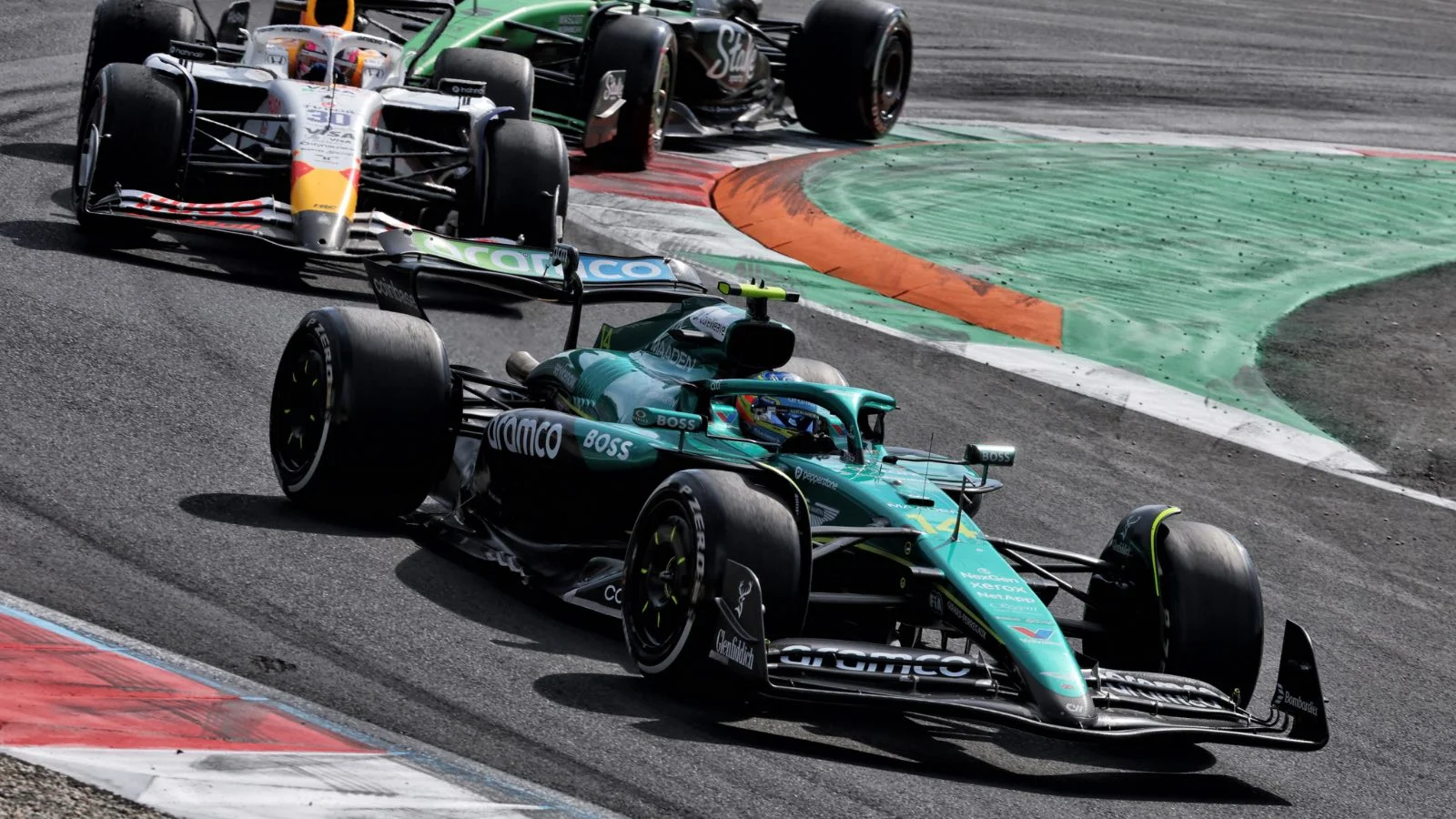


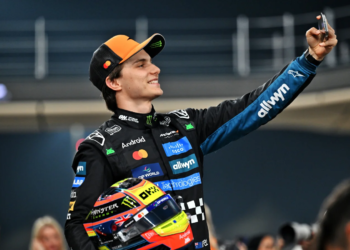
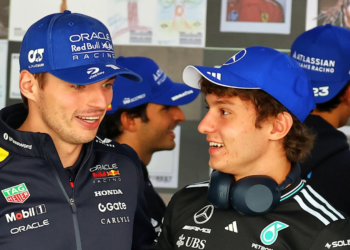
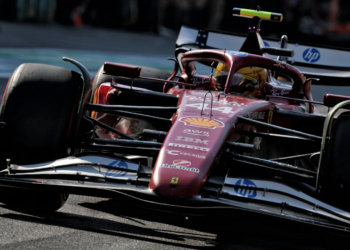
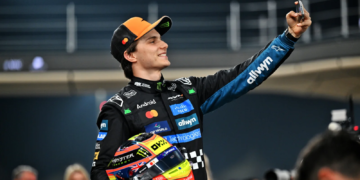

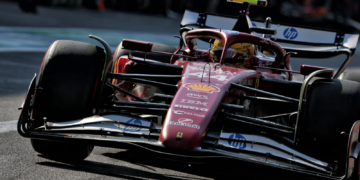
Discussion about this post